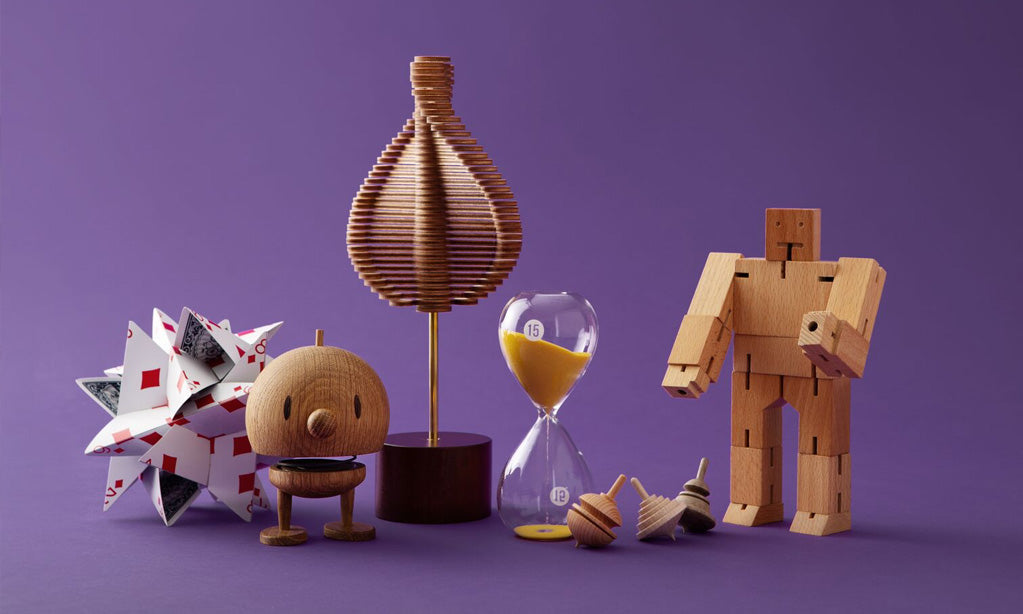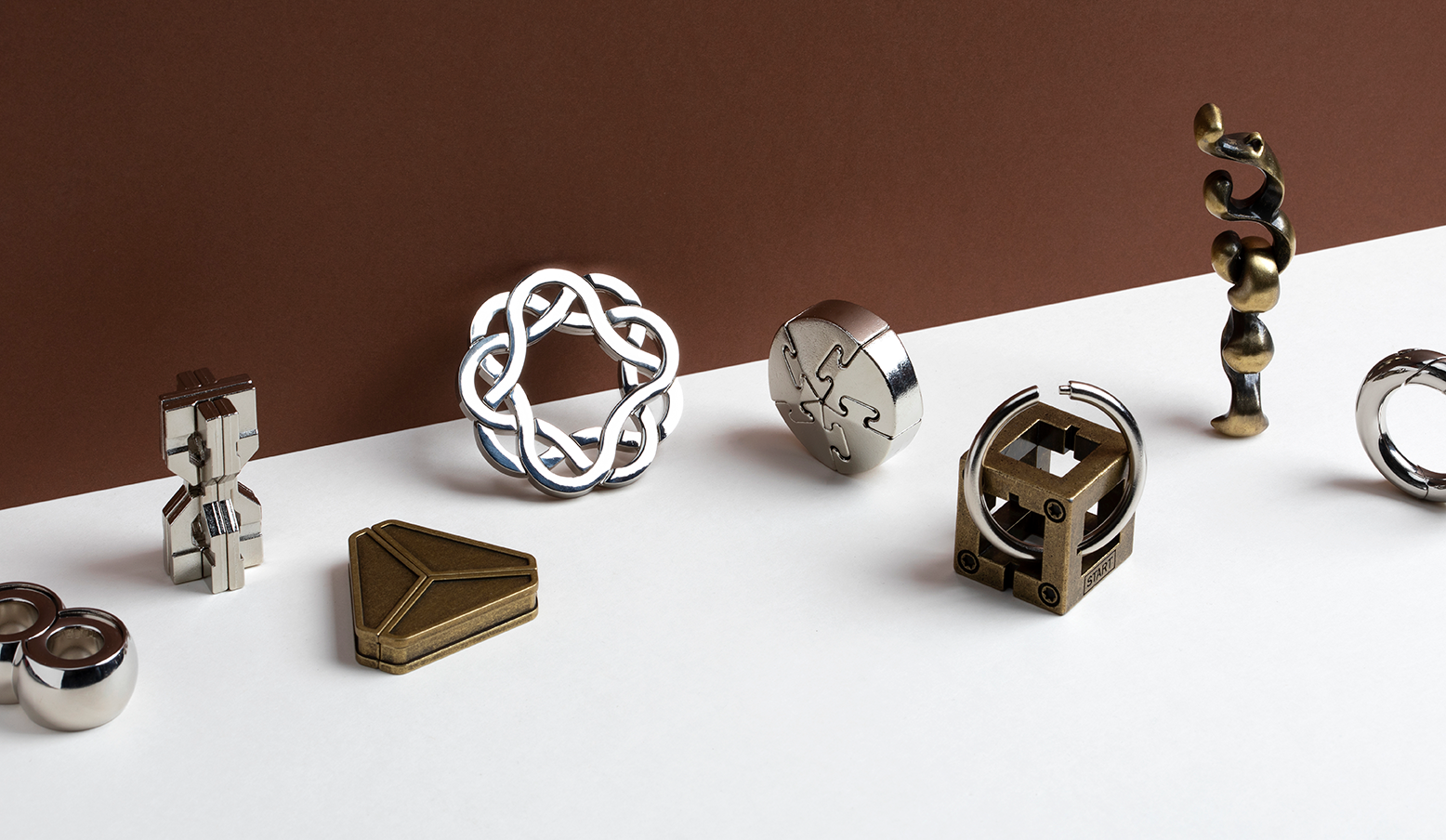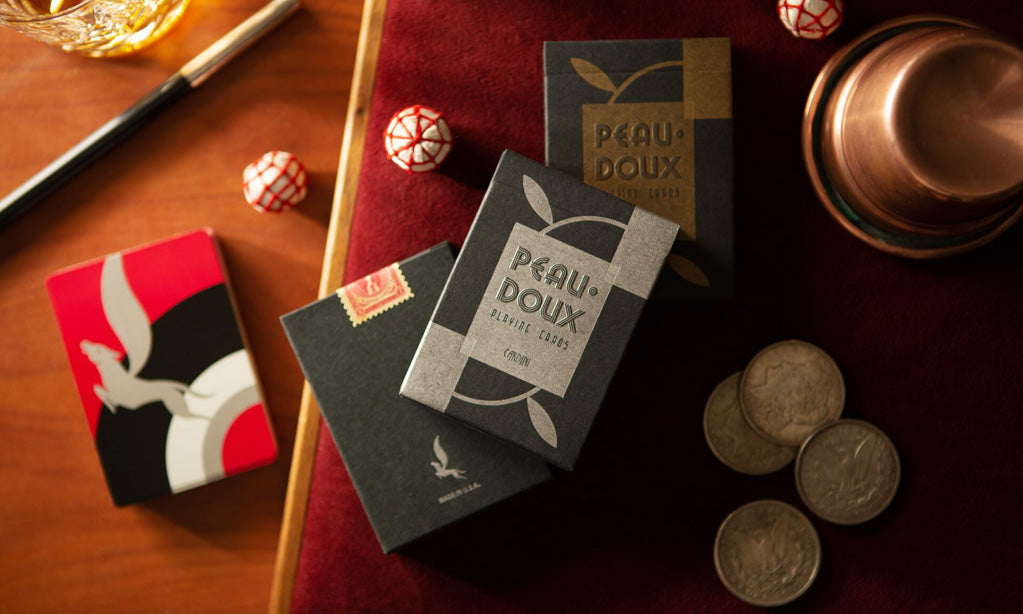Everyone does it: Whether it's doodling during a phone call, spinning a pen while deep in thought, or rolling a nickel down one's knuckles when working through a dilemma, fidgeting is nearly universal among humans. It has long gotten press as a coping mechanism for those with conditions such as Attention Deficit Hyperactivity Disorder. However, it's only recently been discovered why the habit is common in the general population, too. Recent research has shown that fidgeting is not only widespread but also beneficial in terms of both productivity and creativity.
Fidgeting Is Healthy
All the fidgeters out there are not alone--not by a long shot. What's more, they may be on to something everyone else isn't. Research at Purdue University, the Polytechnic School of Engineering at NYU, and elsewhere suggests that performing a mindless, secondary activity that requires a different sense (or senses) from those required for the primary task might actually help the brain concentrate on the first job. So the act of fingering a toy--be it a complex puzzle or merely a smooth stone kept in a pants pocket--can aid people in comprehending what they're reading, hearing, or seeing.
But why is that? It's thought that fidgeting has to do with a phenomenon dubbed "floating attention," a multitasking ability that once protected people from predators even while performing tasks that required scrutiny. In modern times, this leftover adaptation can cause problems--but those problems are easily solvable.
Authors Roland Rotz and Sarah D. Wright posit that fidgeting entertains a part of the brain that has become bored with the main task, leaving the other parts of the brain to focus on the primary task at hand. Think of it like giving a baby pacifier: once the crying stops, the parent is free to really dive into what they need to get done, sans distraction.
If that's not a convincing enough argument that fidgeting is good, consider some of the other research on the table that supports it as a positive habit. It's been shown that working with one's hands correlates to increased memory, and it's also believed that manual work can boost creative thinking. The takeaway? Fidgeting can help increase not only productivity but creativity, as well.
Fidgeting During Work
At the office, desktop puzzles and games can help workers focus on their priorities. Think of this common situation: A meeting is dragging on, and employees find themselves scrolling through their social media feeds, liking family photos and commenting on friends' status updates. The solution? Visually oriented fidget toys can help one focus when their auditory attention span starts to wane.
For example, a striking German-designed art ball will, without seriously distracting them, stimulate the brain's visual needs during a conference call, enabling one to better pay attention to what they're hearing on the phone. An elegant wooden Helicone kinetic sculpture is another great illustration of this. Inspired by the mathematics of nature, John Edmark designed this beautiful piece that rotates between a pine cone shape and a helix. (Added bonus: The urbane designer toy makes a handsome desktop ornament when not in use.)
Meanwhile, tactile toys like a classic spinning top can be helpful when pondering visually based problems, such as spreadsheets or graphs (not to mention the fact that they can help make a difficult decision easier). Whether diminutive or jumbo-sized, fun Kururin gymnastics toys from Japan also satisfy touch-based boredom in a more innovative way, and their unique motion can provide a fillip for creative thinking. That said, fidget toys don't need to be especially elaborate--even a well oiled Rubik's cube can help one concentrate on serious matters.
Fidgeting At School
Although fidgeting has long been frowned upon in classrooms, there's evidence to support the argument that fidgeting can help students learn more quickly compared to those who do not fidget. Combining motor-skill development with cognitive benefits, fidget toys are exceptional tools for aiding just the right kind of fidgeting in schoolchildren.
Since floating attention is a natural phenomenon, parents and educators can help youngsters focus on their work by providing an acceptable outlet for that wandering attention. And while arming youth with precarious towers of multicolored balancing blocks might not be feasible, especially for more serious classroom environments in the upper grades, there is a wide range of gadgets that can help kids of all ages focus at their desks without distracting their schoolmates in the next row.
Fluid toys that don't have a bunch of separate parts to get lost (or clatter to the ground during a lesson) are great options for the classroom. Consider an extendable metallic tangle sculpture that doubles as inspiration for art class. The same goes for twistable snake blocks, a set of wooden triangles laced together with an elastic band.
For long whiteboard sessions, try gadgets that don't distract students' eyes. Fidget spinners are ideal low-distraction devices that keep busy hands at bay. Ostensibly playful cubebots also serve a less frivolous purpose. Inspired by Japanese kumiki puzzles, the bots will engage little ones' tactile needs during monotonous presentations at school.
Dedicated toys can be the difference between hours lost to distraction and hours of harnessed energy. From kindergarteners who need something to fiddle with to suited-up business people seeking serious inspiration, fidgeting can improve cognitive function across the boards.







